Courses Infomation
The Complete Technical Analysis Course by Martin Pring

The Complete Technical Analysis Course by Martin Pring
Archive : The Complete Technical Analysis Course by Martin Pring
The Complete Technical Analysis Course
|
Lesson 1 – The Building Blocks of Technical Analysis This presentation is a basic introduction for anyone new to the fascinating subject of technical analysis. Technical Analysis – What it is. Why prices are determined by psychology and how technical analysis can help interpret market psychology. Trends – What is a trend? How long do they last? How do they integrate? Arithmetic vs. Logarithmic Scaling – Technical analysis requires charts and the choice of scaling them can be very important. This section explains the difference between these techniques and why one is superior over the other. Volume – Observations on volume interpretation. Peak and Trough Analysis – Why it’s probably the most important technical tool. How is it applied in the market place and integrated with other indicators. Support and Resistance – The concepts defined. Rules for determining where potential support and resistance areas might lie are given along with guidelines for determining their potential significance. Trendlines – A to Z introductory primmer on trendlines, how to draw and interpret them. Price Patterns – Basic principles of price pattern interpretation using rectangles and head and shoulders patterns as examples. Determining the significance of individual patterns and identifying when they have failed is also covered. Lesson 2 – Introduction to Classic Price Patterns This session introduces you to the most common price patterns. Building on the knowledge leaned from the previous DVD, you will be in a better position to understand how patterns are formed and the psychology behind them. If you can rationalize why a pattern is being formed, you will be in a better position to anticipate when a breakout might turn out to be a whipsaw, and how you can protect against this. This session also explains how price objectives are determined from patterns. A large number of market place examples in all time frames is generously dispersed throughout the presentation. The individual formations covered are:
Lesson 3 – One- and Two-bar Price Patterns Prices in any freely traded market are determined by psychology. One- and two-bar price patterns represent classic examples of how these emotional characteristics are reflected in the charts. The great advantage of these extremely reliable patterns is that they signal reversals in trend at a very early stage, both on the intraday and daily charts. The presentation also explains that not all patterns are created equal. Pring gives you a checklist for determining the significance of each type. Patterns covered include:
Lesson 4 – Introduction to Basic Momentum Principles Market momentum provides a powerful dynamic to any trading arsenal. In this presentation Martin Pring explains that momentum is a generic term embracing a host of oscillators. Each is subject to the same rules of interpretation in some form or another. Key techniques are explained in detail. They are:
Individual oscillators that are explained include the rate-of-change, RSI, and MACD. Practical application of these indicators is demonstrated with a host of market place examples. Lesson 5 – Introducing the KST The KST is a momentum indicator invented by Martin Pring. It is a summed rate of change that combines several time spans into one indicator. It is designed so that the oscillations correctly reflect the up and down waves of the trend being monitored. However, the inclusion of short-term time frames in the indicator’s construction allow it to turn more quickly than many other indicators, thereby warning of a trend reversal on a more timely basis. Topics covered include:
Oh, and you’ll also find out what KST stands for and find the various formulas, including those for MetaStock users in the downloadable .PDF file included on the presentation. Lesson 6 – Applying Technical Analysis to the Theory of Contrary Opinion In recent years, the theory of Contrary Opinion has become very popular, but also misunderstood. In this presentation Martin explains why this is so, and how this art can be profitably applied to the marketplace. He takes you through a step-by-step process of how to form a contrary opinion. He also demonstrates why it is difficult to take a contrary position and how to overcome this hurdle. Going against the crowd is usually the correct thing to do, but it can be frustratingly (and unprofitably) early, as many bears found out to their chagrin in 1927 and 1928. Since charts reflect crowd psychology, technicians are in a unique position to utilize the art of contrary thinking and create razor sharp timing. A key part of this presentation explains techniques for integrating the two. This presentation wraps up by describing, and debasing, seven popularly held market myths. Lesson 7 – Practical Trading Tactics Applied to the Marketplace Lots of time is spent on learning the principles of technical analysis, but precious little is devoted it its practical application in the marketplace. In this presentation Martin shows you numerous techniques that you can apply for more profitable trading. He sets out by explaining, with the aid of examples, why the first objective of any trader should be to avoid major losses, rather than trying to make major gains. One technique for achieving this goal is the correct placement of stops below support and above resistance. Rules for assessing potential support/resistance zones are discussed using the following technical tools –
Technicians would love to know ahead of time whether the market they are trading is likely to trend or become a trading range. Unfortunately, this is not possible. However, Martin explains a trading plan that can deals profitably with both environments. Finally, since the biggest obstacle to any trader is emotion, Martin offers ten tips to better overcome your natural tendencies and become a more objective trader.
|
What is forex?
Quite simply, it’s the global market that allows one to trade two currencies against each other.
If you think one currency will be stronger versus the other, and you end up correct, then you can make a profit.
If you’ve ever traveled to another country, you usually had to find a currency exchange booth at the airport, and then exchange the money you have in your wallet into the currency of the country you are visiting.
Foreign Exchange
You go up to the counter and notice a screen displaying different exchange rates for different currencies.
An exchange rate is the relative price of two currencies from two different countries.
You find “Japanese yen” and think to yourself, “WOW! My one dollar is worth 100 yen?! And I have ten dollars! I’m going to be rich!!!”
When you do this, you’ve essentially participated in the forex market!
You’ve exchanged one currency for another.
Or in forex trading terms, assuming you’re an American visiting Japan, you’ve sold dollars and bought yen.
Currency Exchange
Before you fly back home, you stop by the currency exchange booth to exchange the yen that you miraculously have left over (Tokyo is expensive!) and notice the exchange rates have changed.
It’s these changes in the exchange rates that allow you to make money in the foreign exchange market.
Salepage : The Complete Technical Analysis Course by Martin Pring
About Author
Martin Pring
Intrigued by the dynamics of financial market behavior, Martin founded Pring Research in 1978 by providing research for investment advisors and financial institutions. Since 1984, he has published the Intermarket Review, a monthly global market report that analyzes the world’s principal financial markets. He has written more than 20 books on investing such as asset allocation, market psychology and investing around the business cycle. His widely popular book, “Technical Analysis Explained”, has been translated into 8 languages and for several decades was required reading for the Chartered Market Technician’s (CMT) designation. Their shared interest in business cycle investing led Martin to join with Joe Turner and co-found Pring Turner Investment Managment, a fee-only investment advisor located in Walnut Creek, California. Martin, in collaboration with Dow Jones Indexes, co-developed the Dow Jones Pring U.S. Business Cycle Index in 2012, a unique index based on the financial advisory firm’s “Six-Stage” business cycle investment strategy. Martin has been adjunct professor at Golden Gate University in San Francisco teaching the world’s first virtual graduate level course on technical analysis. He has been honored by his peers with several lifetime achievement awards recognizing his career-long investment research contributions. Martin has traveled the world visiting more than 30 countries as an invited speaker to financial institutions and professional investment groups.
More From Categories : Forex – Trading & Investment
Curriculum:


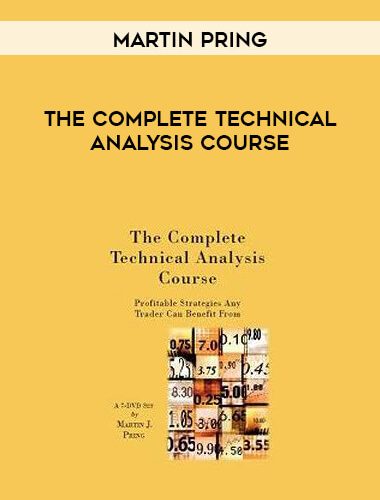
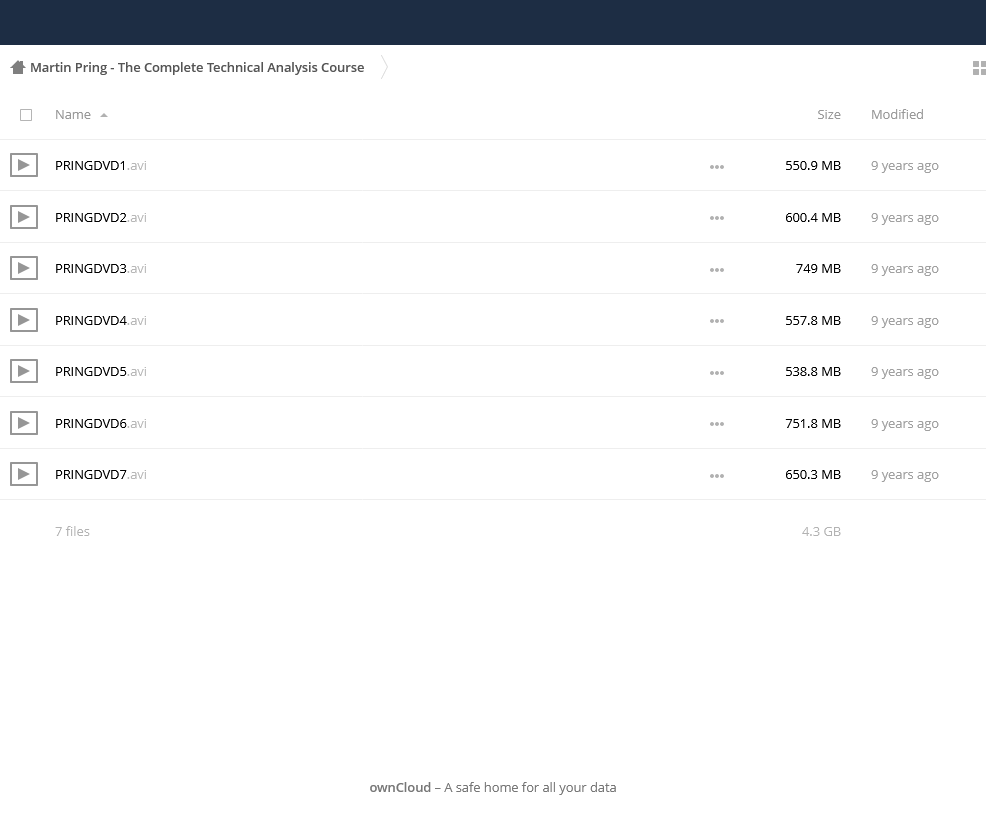
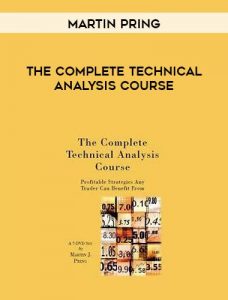



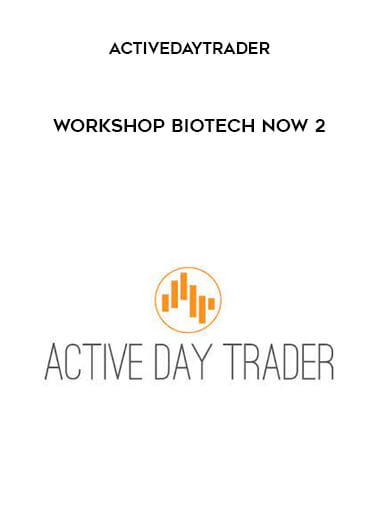
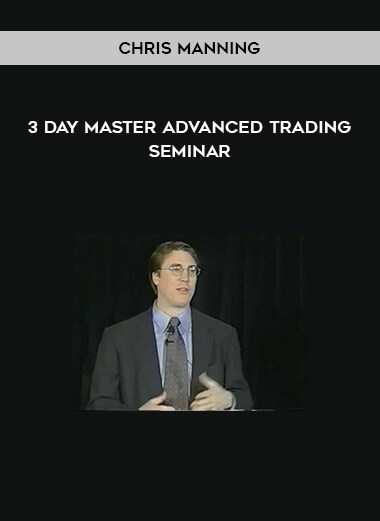
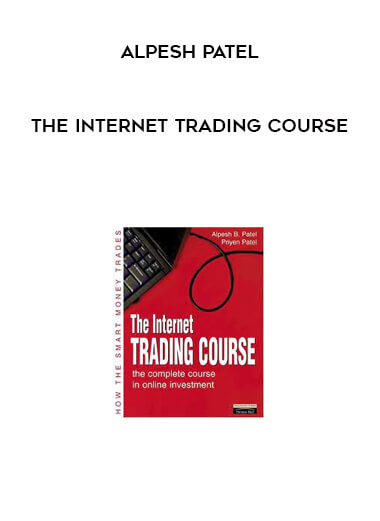


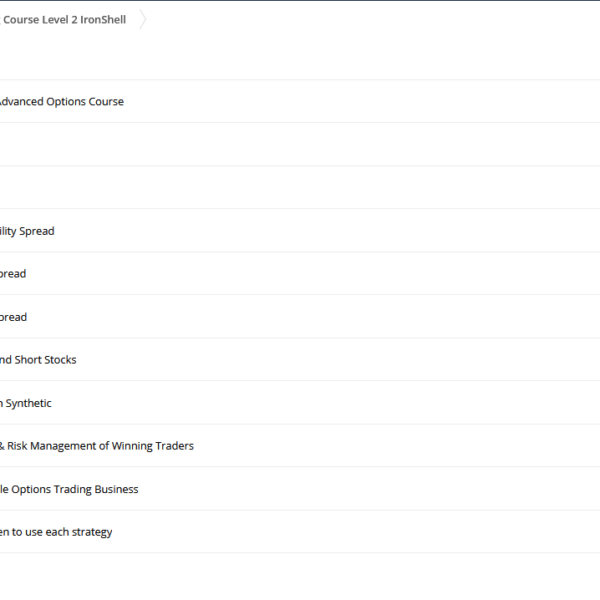






















Reviews
There are no reviews yet.